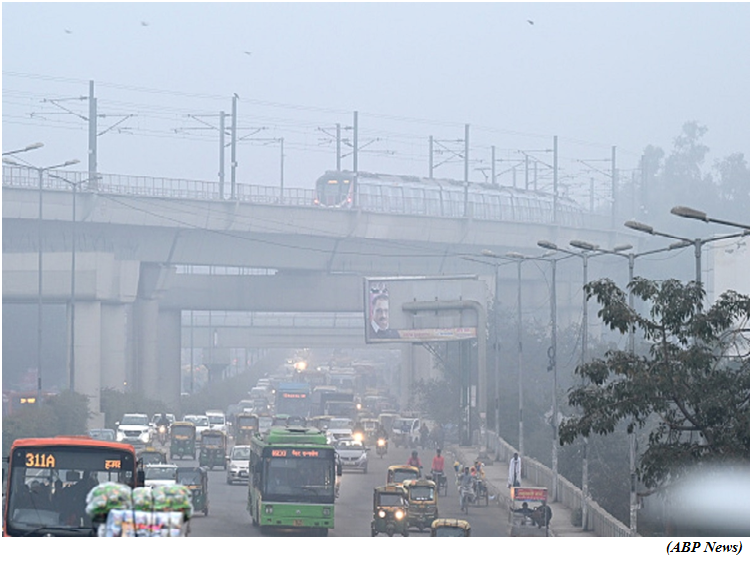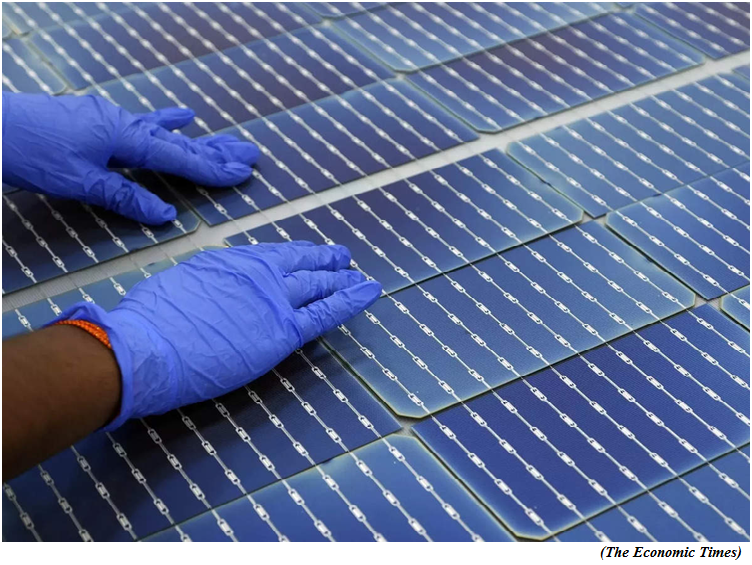Delhi launches mechanism to track realtime pollution sources (GS Paper 3, Environment)

Why in news?
- Recently, the Delhi Chief Minister launched a study to gather realtime information on sources of pollution and help the government launch a targeted response.
- He inaugurated the 'realtime source apportionment supersite' at Rouse Avenue along with an air quality monitoring van.
Key Highlights:
- By getting information about the real-time pollution sources, the government will be able to tackle the problem in a more targeted way.
- The system will also forecast major factors of pollution in the coming days. It can forecast on an hourly basis for the next three days.
- The system will also provide information on how much pollution is generated in Delhi and how much comes from outside Delhi.
- The data also shows that vehicular pollution contributes around 17-18 per cent of the total pollution and this is constant through winters.
Joint venture:
- The real-time source apportionment study is a joint venture between Delhi Pollution Control Committee (DPCC), IIT-Delhi, IIT-Kanpur and TERI.
- The DPCC is the owner agency, IIT-Kanpur is in-charge of lead measurement of data, IIT-Delhi is in-charge of forecast and TERI provides the emission inventory.
Way Forward:
- The AAP government has taken several steps to reduce pollution in the national capital. Whenever the need arises, the Graded Rapid Action Plan (GRAP) is implemented in Delhi.
- The recent announcement of mechanised sweeping of roads and footpaths will play a major role in combating pollution.
- Based on the pollution data, they will be able discuss to with the governments of neighbouring states and plan pollution control measures accordingly.
India’s solar module manufacturing capacity to reach 95 GW by 2025: Report
(GS Paper 3, Environment)
Why in news?
- India's solar module manufacturing capacity is expected to reach approximately 95 GW by the end of 2025, according to Mercom Capital.
- The solar module manufacturing capacity as of September 2022 was 39 gigawatt (GW).

Key Highlights:
- Indian PV (photovoltaic) manufacturers are strategically poised to expand their production capacities and adopt new technologies in the coming years on the back of government incentive programmes.
- States are promoting domestic solar manufacturing through fiscal and non-fiscal incentives under industrial, electronics, and solar policies.
PLI for solar PV modules:
- In September 2022, the Cabinet approved a Rs 19,500-crore production linked incentive (PLI) scheme on 'national programme on high efficiency solar PV modules' with an aim to attract Rs 94,000 crore investment in the sector.
- The PLI programme is an added push to enhance vertical integration of new capacity additions and technology used.
- With an estimated 220 GW of solar capacity required by the end of the decade, India needs significant manufacturing capacity ramp up.



